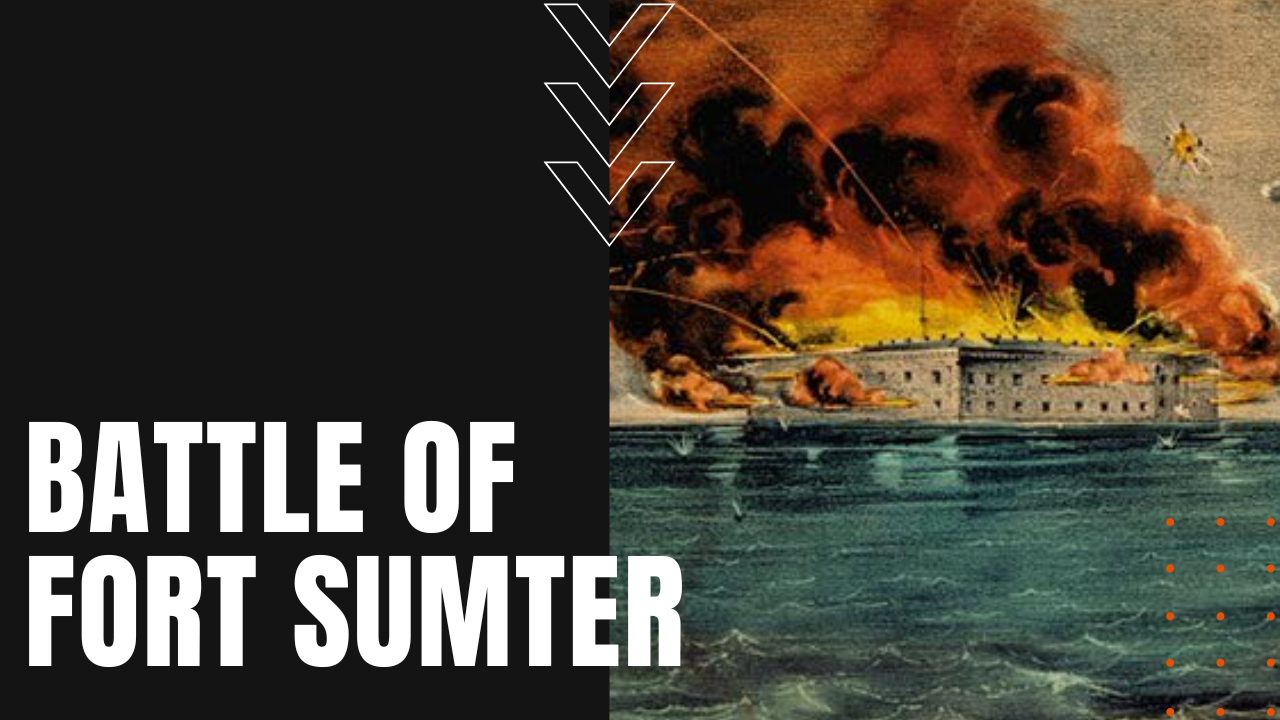Battle of Fort Sumter: First Engagement of the American Civil War

One of 50 forts built after the War of 1812 exposed deficiencies in the nation’s coastal defense network, Fort Sumter was built on a 2.4-acre island at the mouth of Charleston Harbor, designed to accommodate 650 soldiers manning 135 artillery pieces.
South Carolina’s Secession
While construction began in 1829, the fort was still under construction when South Carolina seceded from the Union on December 20th, 1860. Commanded by U.S. Army Major Robert Anderson, a standoff ensued in early January of 1861, when a resupply ship named the Star of the West was forced to turn back to sea due to heavy shelling by South Carolina gun emplacements dotting the coastal shoreline of Charleston Harbor.
After President Abraham Lincoln’s inauguration in March of that same year, rebel South Carolinian leaders made the fall of Fort Sumter a priority in their push for sovereignty and independence.
The Battle of Fort Sumter
Refusing to surrender to Confederate commander P.G.T. Beauregard on April 11th, a day later, Beauregard opened fire on the fort at 4:30 A.M., leading U.S. Captain Abner Doubleday to return fire in defense of the fort, making the 34-hour Battle of Fort Sumter the first engagement of the American Civil War.
Beauregard’s 19 coastal batteries fired an estimated 3,000 rounds at the island fortress, blasting holes in Fort Sumter’s five-foot-thick walls, before igniting fires within the fort’s crumbling fortifications. By 2:00 P.M. on April 13th, with his stores of ammunition severely depleted, Anderson was forced to surrender the fort, and while no Union troops were killed during the bombardment, two men died in a Union artillery salute before the final U.S. evacuation of the island.
Fort Sumter would remain in Confederate control for the duration of the war, which proved to be a vital hole in the Union’s Atlantic seaboard blockade of southern ports, making the Battle of Fort Sumter, the first open hostilities in a bloody war to come.
